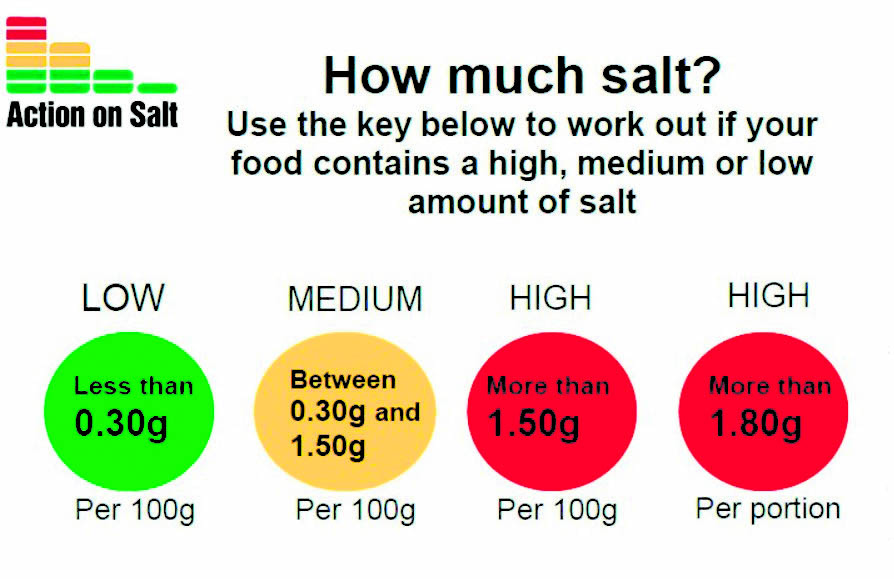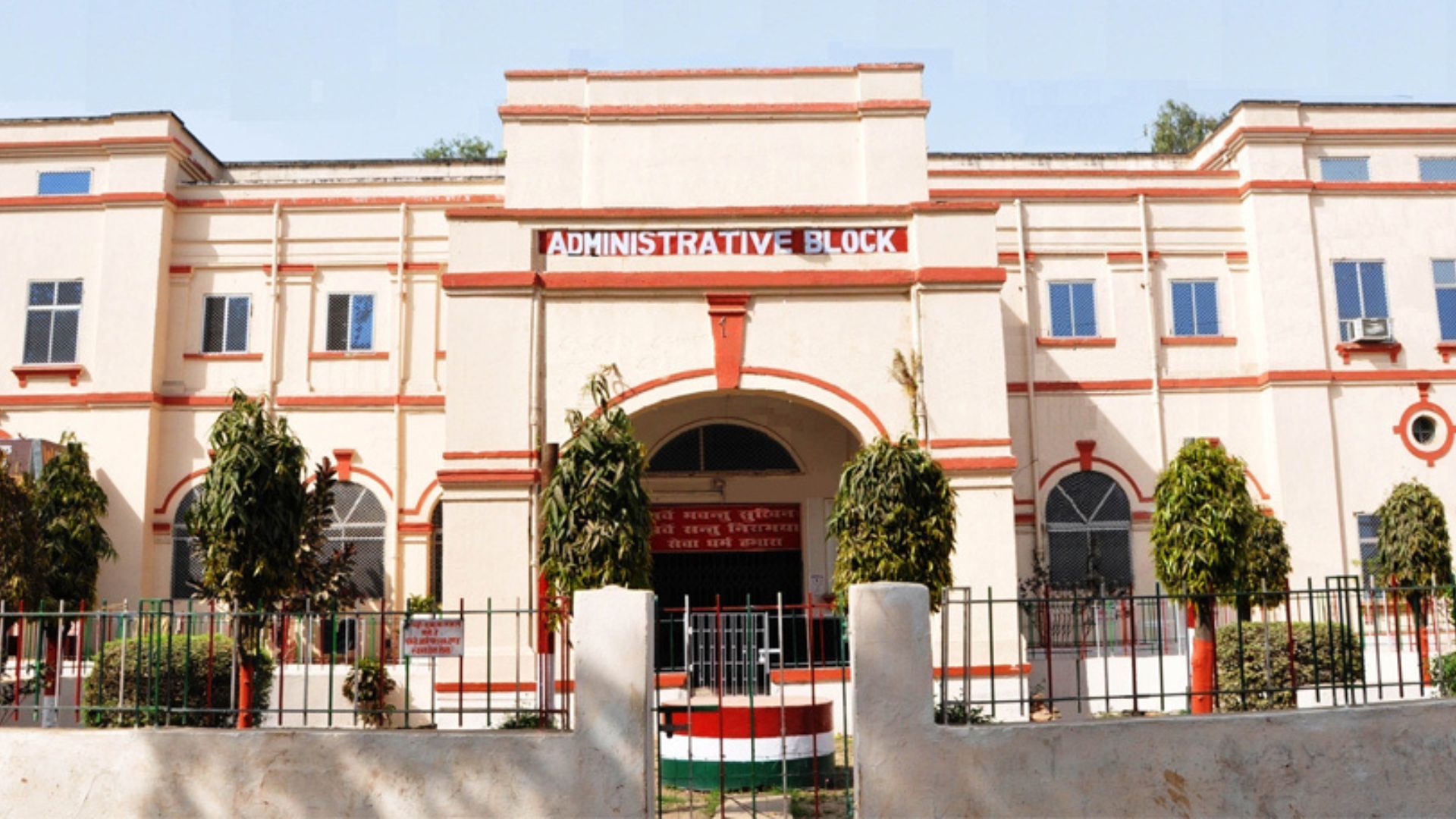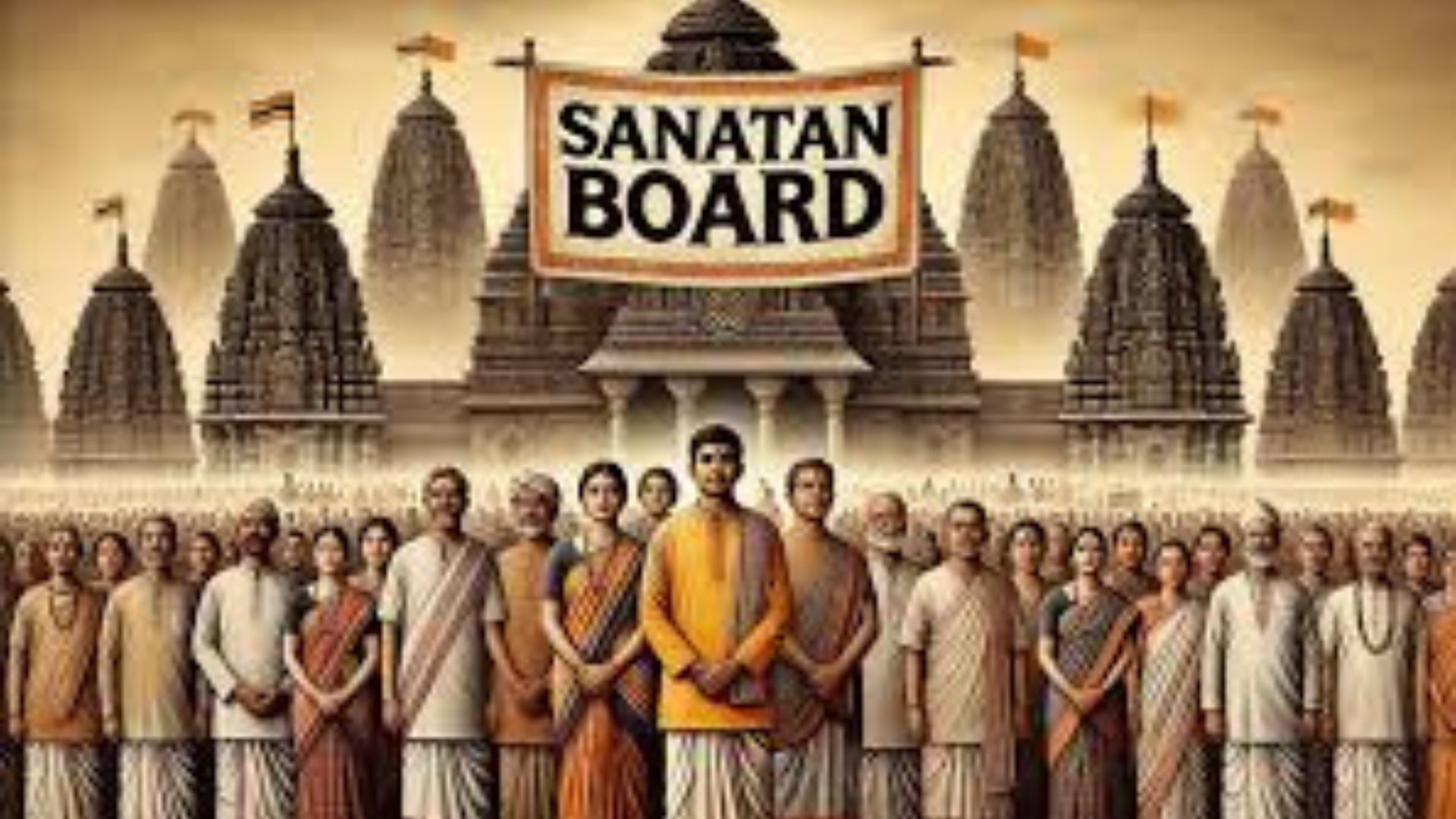Researchers have unveiled a groundbreaking front-of-pack nutrition label (FoPL) system tailored specifically for India, aimed at promoting healthier food choices and combating the rise of nutrition-related diseases and obesity in the country.
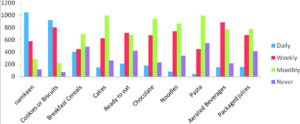
Commissioned by the World Health Organization, India, a team of researchers from The George Institute for Global Health, Melbourne Centre for Behaviour Change, UNICEF, and the International Union against Tuberculosis and Lung Disease conducted an extensive study to develop the new FoPL system.
India, home to the world’s largest population, has experienced a significant shift in dietary habits, with an alarming increase in the consumption of processed and unhealthy foods. In response, the Indian government is taking proactive measures to implement a comprehensive front-of-pack nutrition labelling system.
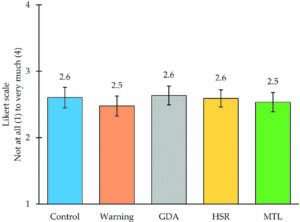
The study involved surveying 1,270 adults from different regions of India to evaluate five different FoPLs currently in use worldwide, adapted to suit the Indian context. The findings, published in the journal Food Quality and Preference, revealed that a two-colour Multiple Traffic Lights label outperformed other labels in terms of objective knowledge and food choice results.
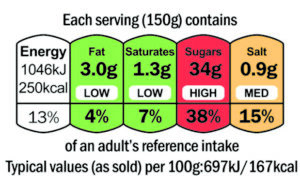
“Our study has conclusively shown that a two-colour label utilizing a traffic light format not only provides useful information but is also widely deemed effective, useful, and likable by most respondents,” said D Praveen, a researcher at The George Institute for Global Health.
The importance of incorporating colour into the design of the new nutrition label cannot be overstated. All the FoPLs examined in the study had positive effects on perception, choice, and objective comprehension, indicating the potential of such labels to assist consumers in making healthier food choices.
These findings are expected to guide the Food Safety and Standards Authority of India (FSSAI) and the Indian government as they work towards the creation of a front-of-pack nutrition labelling system. The ultimate objective is to empower Indian consumers with easily accessible and understandable information about the nutritional content of packaged foods, thereby promoting healthier eating habits and curbing diet-related illnesses.
Nutritional information on the front of packaging
Food labels provide the information you need to make healthy and informed food choices.
To help you make a quick decision, most of the big supermarkets and food manufacturers have added a label to the front of their food packaging. This label will give you a quick guide to the amount of energy (kJ and kcal), fat, saturates, sugars and salt in a serving or portion of the food. However, it is important to remember that the manufacturer’s idea of a portion may differ from yours.
Colour-coded nutritional information, as shown in the image above, tells you at a glance if the food has high, medium or low amounts of fat, saturates, sugars and salt.
Red = High
This food will be high in fat, saturates, salt or sugar. These are fine to have occasionally but you should try to avoid choosing foods with red on the label too often.
Amber = Medium
This means neither high nor low, so foods with all or mostly amber on the label are fine most of the time.
Green = Low
The greener on the label the healthier the food, so foods with all or mostly green are always a good choice.
Many foods will have a mixture of colours on them. To make the healthiest choice, go for more ambers and greens and fewer reds. The shopping card below can help to guide you.
Nutrition labels are often displayed as a panel or grid on the back of food packaging. As with the front packaging, the information listed will include the amount of energy (kJ and kcal), fat, saturates, carbohydrates, fibre, protein and salt.
For example, the chart below shows the nutritional information on a loaf of white bread.
Health claims on labels can mean different things on different products, which can be confusing.

